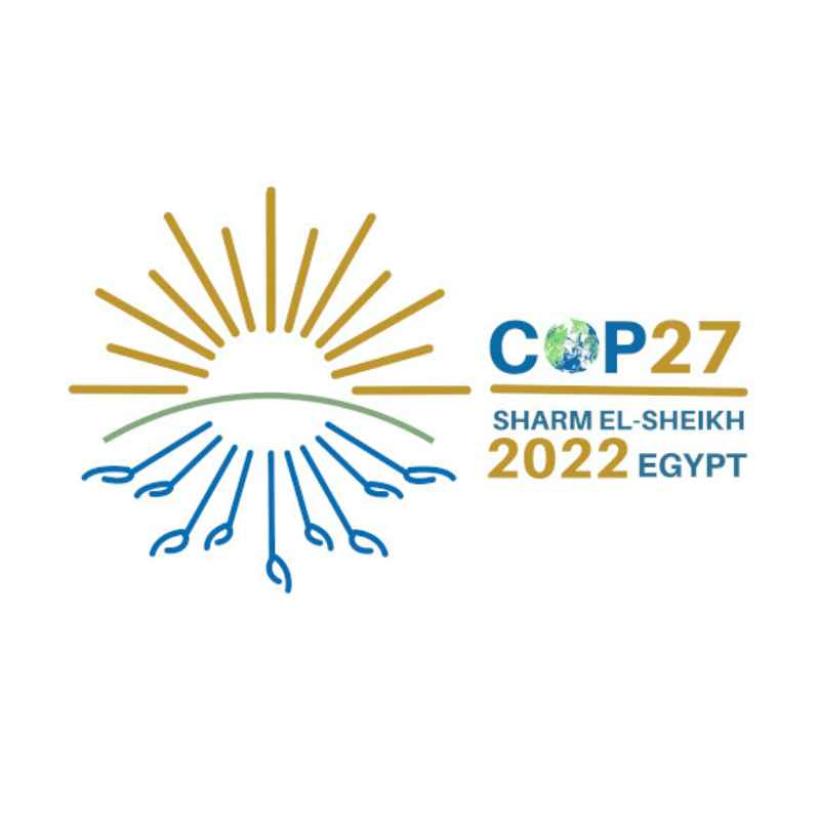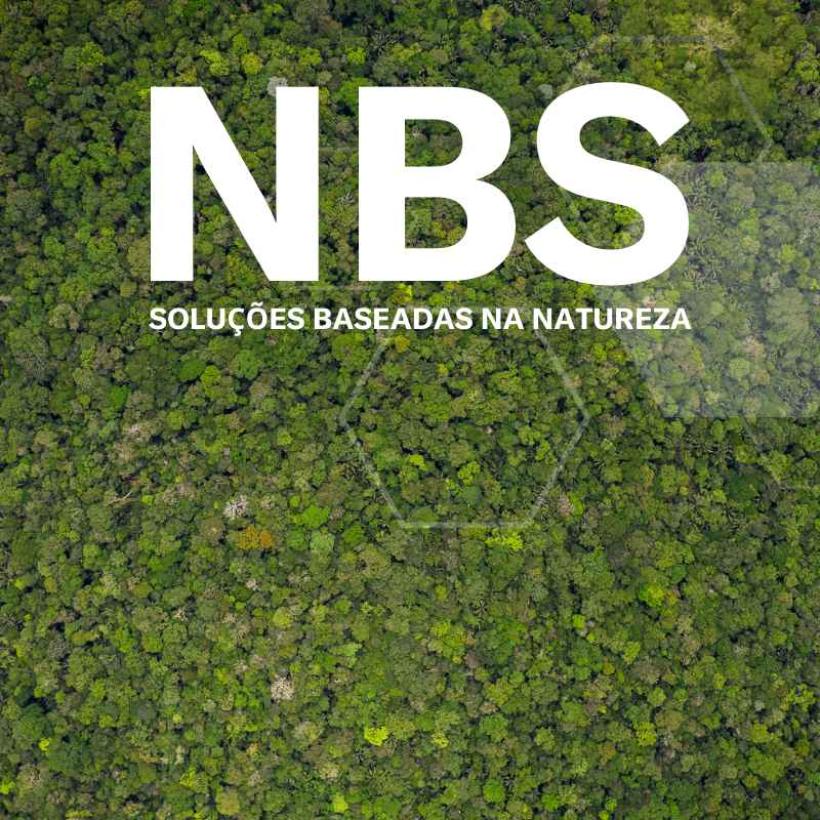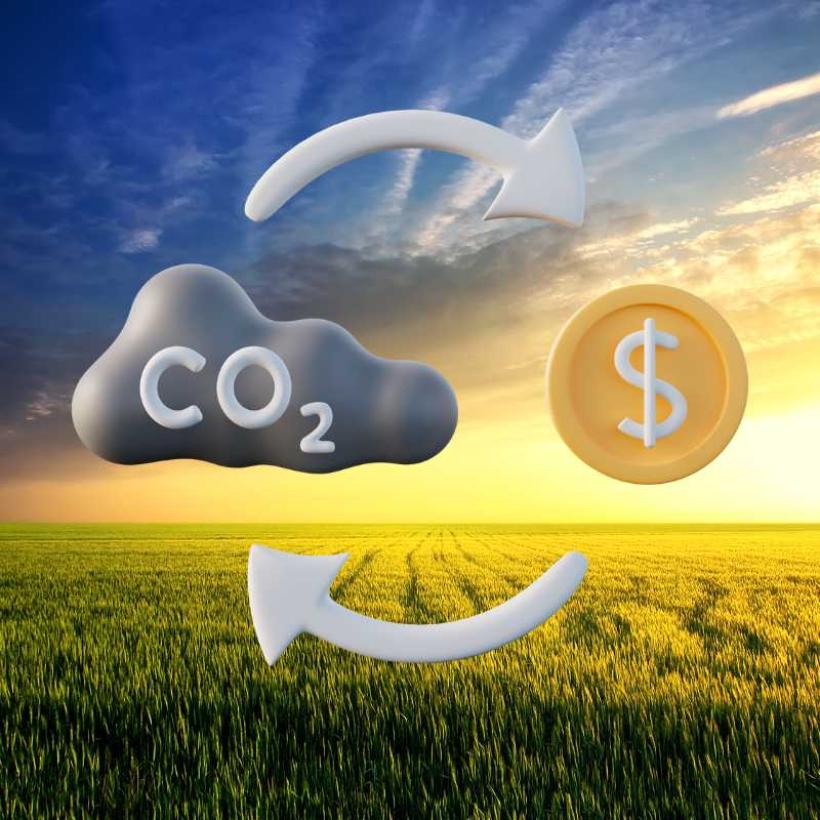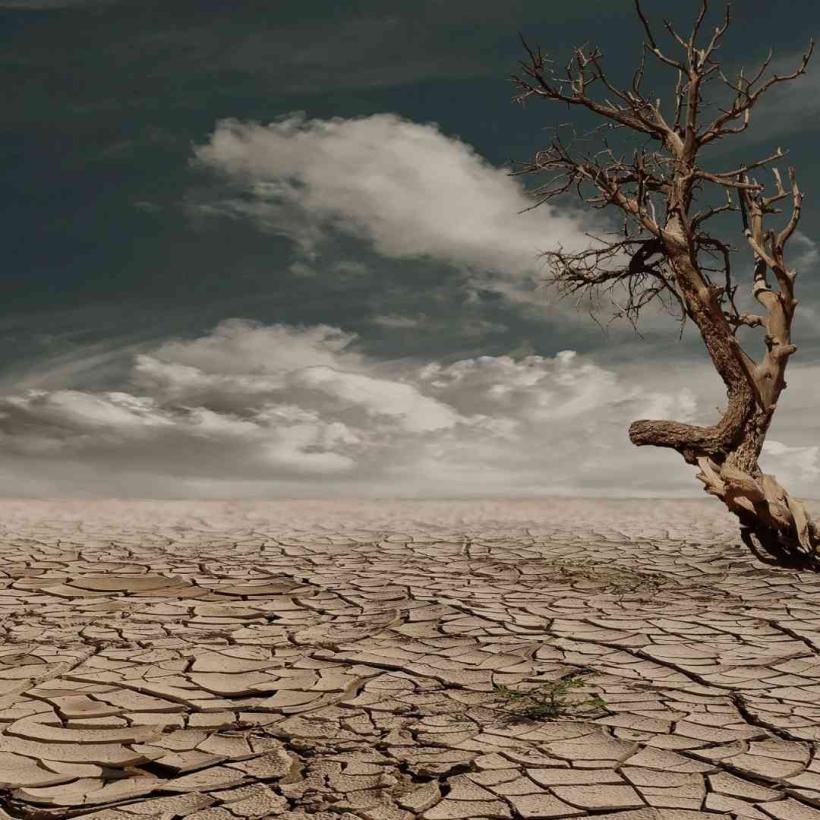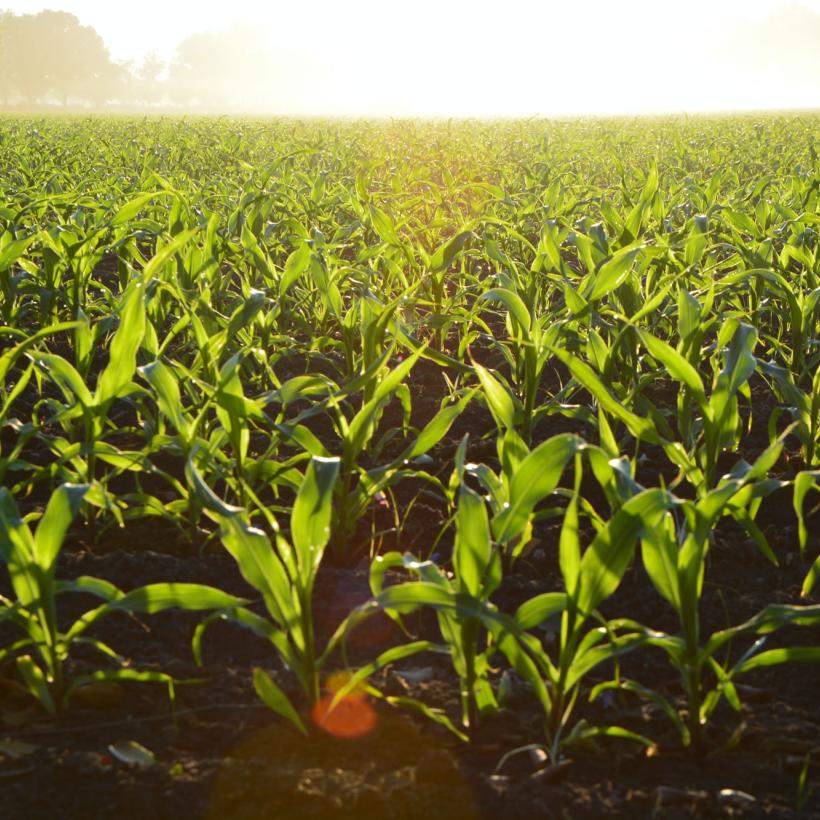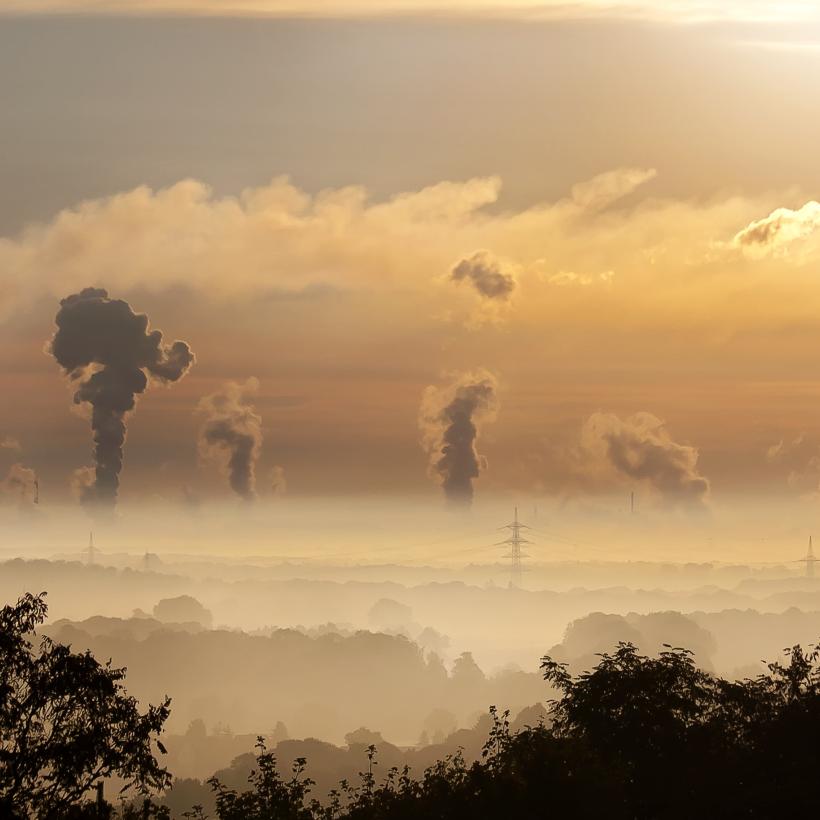
Potencial de Aquecimento Global PAG
A concentração de gases de efeito estufa na troposfera é um tema recorrente e já familiar para aqueles que trabalham em seguimentos relacionados à sustentabilidade e agropecuária.
Muito se debate sobre o potencial nocivo destes gases para a atmosfera e o quanto cada um deles impactam sob o ponto de vista de aquecimento global. Para que se pudesse ter este entendimento de forma objetiva, o IPCC propôs uma metodologia para a comparação dos gases de efeito estufa (GEE) chamada PAG (Potencial de Aquecimento Global).
Existem mais de 20 gases de efeito estufa (GEE). O dióxido de carbono (CO2), o metano (CH4) e o óxido nitroso (N2O) são os mais conhecidos e com maior potencial de aquecimento global.
Para entender melhor o quanto estes gases impactam, do ponto de vista de aquecimento global, o IPCC propôs uma unidade, chamada PAG - Potencial de Aquecimento Global.
Cada gás de efeito estufa que interage com a radiação infravermelha tem seu "PAG" ou seu "Potencial de Aquecimento Global", e como o CO2 é o gás com maior concentração na troposfera, foi atribuído à ele o "PAG" igual a 1.
Os demais gases são comparados em relação ao CO2, através da intensidade da interação destes gases com as "radiações infravermelhas" e quanto tempo eles permanecem na troposfera "tempo médio de residência". A partir do CO2, como referencial de potencia "1", os demais gases foram colocados em equivalência de potencial de aquecimento, chegando a estes “valores aproximados", já que em cada relatório atualizado do grupo de trabalho IPCC, estes valores equivalentes podem ser ajustados.
Assim, para termos uma visão integrada, não precisar olhar de forma isolada para cada GEE emitido, cria-se a unidade CO2Equivalente, já que o CO2 é a unidade referência. Abaixo temos as unidades equivalentes de cada gás e, como podemos ver, o Óxido Nitroso é o gás com maior PAG - Potencial de Aquecimento Global.
O dióxido de carbono (CO2) PAG referência = 1
O metano (CH4) PAG = 27
O óxido nitroso (N2O) PAG = 273
Para saber mais sobre o PAG, ou Global Warming Potential (GWP) acesse o relatório IPCC "AR4 Climate Change 2007: The Physical Science Basis, a partir da página 31:
https://www.ipcc.ch/site/assets/uploads/2018/05/ar4_wg1_full_report-1.pdf
Siga nossas redes, se inscreva em nossa newsletter.
A MyCarbon acredita em um futuro resiliente às mudanças climáticas.
MyCarbon, responsabilidade com o meio ambiente e com a humanidade. Junte-se a nós!



